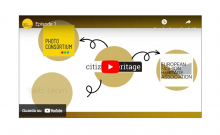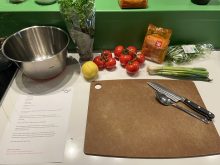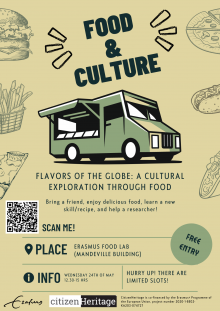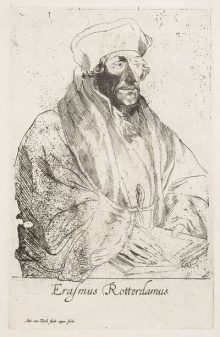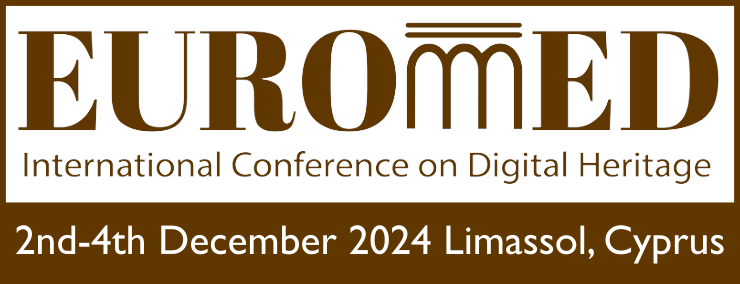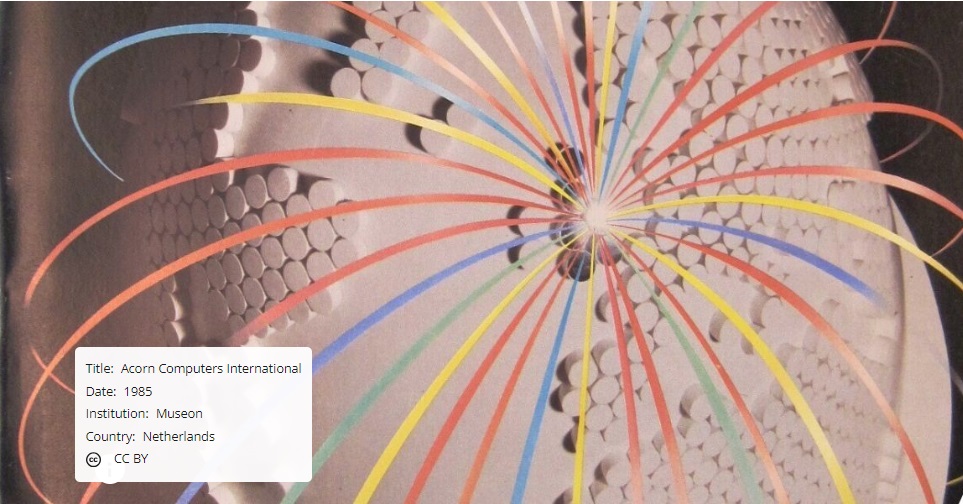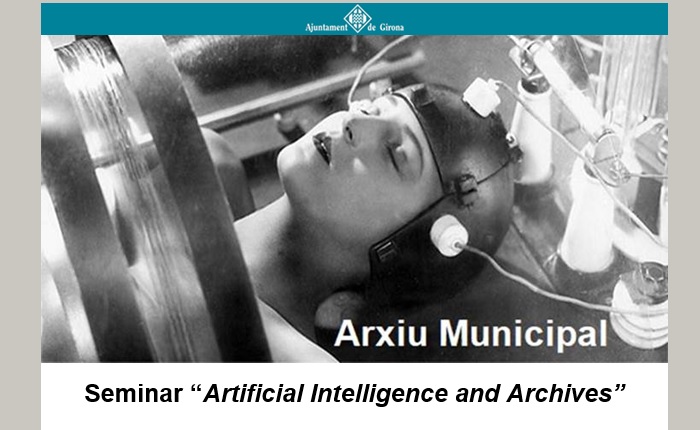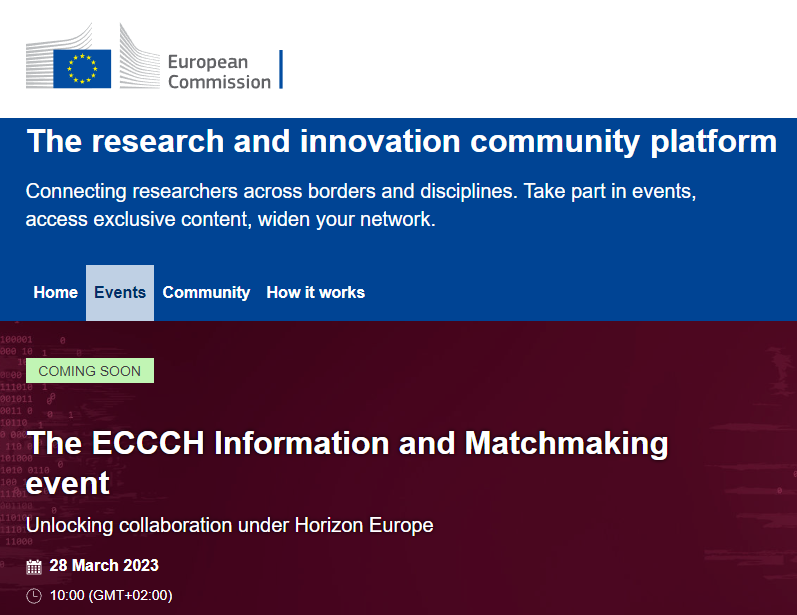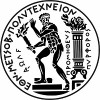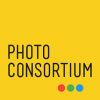text by Costanza Rizzetto (Erasmus University Rotterdam), image from EUR image bank, by Jonathan Van Rijn.
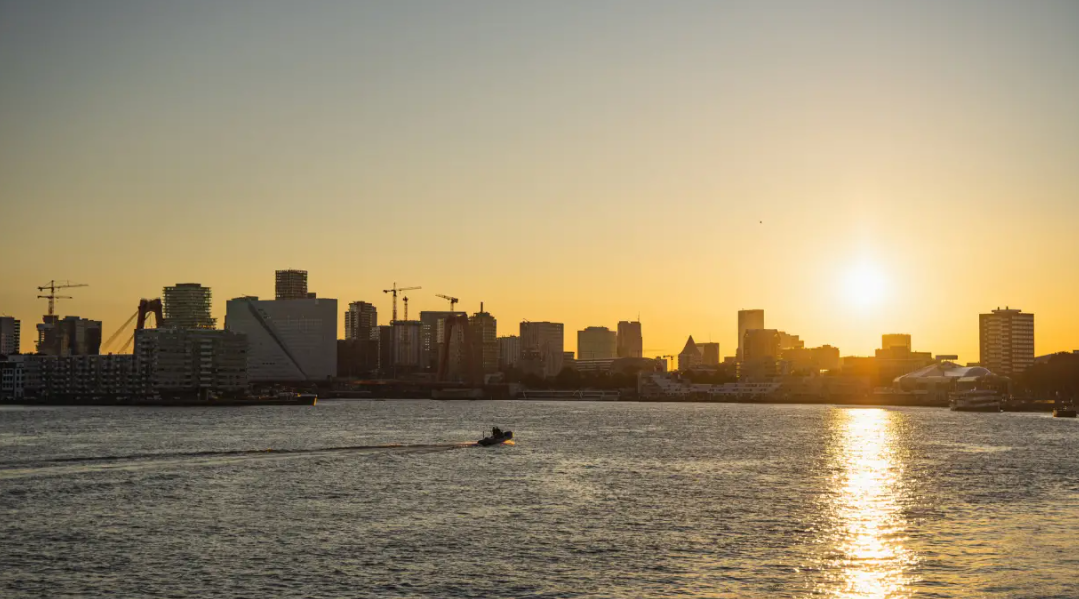
EUR image bank – Jonathan Van Rijn
The installation ‘The Value of Art’ (2010) consists of two traditional oil paintings portraying a hairy cat and a lady. Any 10 seconds a visitor stands in front of the painting, the piece increases in value. The value of the artwork depends not only on how many visitors look at the painting, but how much time they spend in front of it. Media artists Christa Sommelier and Laurent Mognonneau have been experimenting with virtual and immersive installations since the beginning of the 90s. Pioneers in the field of interactive arts, the distinctive signature of the artistic duo is engagement and audience participation. Playing with generative software and sensors, the artists create a connection with the audience, who becomes an active part of the installation and its meaning.
Playing with the ways in which it is possible to interact with visitors, the installation captures the scope of the CitizenHeritage’s multiplier event at Erasmus University Rotterdam (EUR). The event explored cultural and creative approaches to re-think cultural heritage in terms of participation, citizen engagement, and inclusion. When talking about audience participation, the focus is often on attendees’ numbers or Social Media’s following. Yet, are there other strategies to engage, and include, citizens in participatory practices? More importantly, how can we see participants as more than data to offer new and concrete forms of engagement?
Starting from these questions, the conference illustrated alternative approaches to include students and citizens in an on-going discussion. Moving from creative and art practices, the sessions explored different possibilities to make participants see their contribution and engage in a mutual exchange to see cultural heritage as a collective effort – rather than the result of institutional policies. Trilce Navarrete (EUR) opened the talk session, expanding the initial questions and opening the ground to different perspectives and experimental projects.
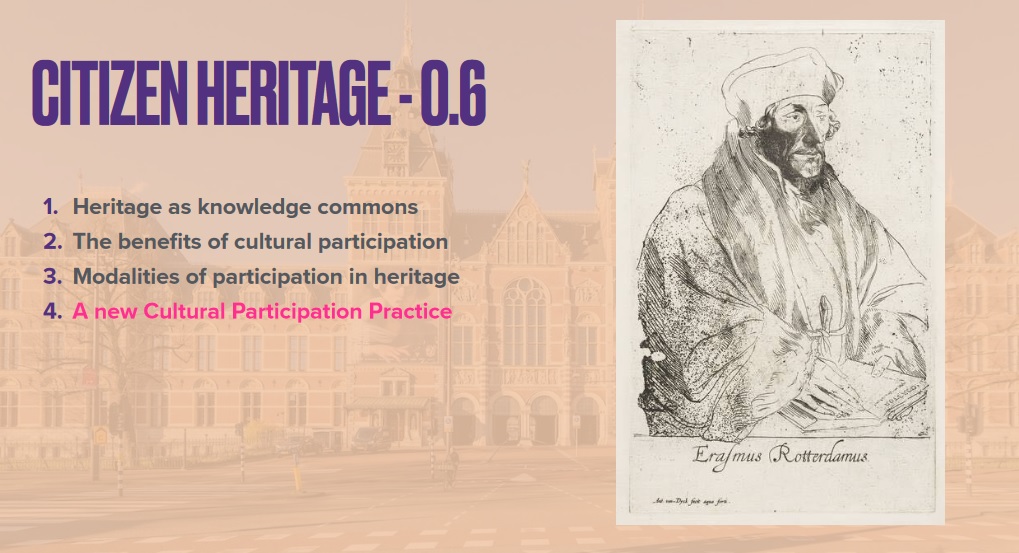
The first speaker, Fred Truyen (KU Leven), presented the CitizenHeritage initiative, illustrating what it means to create a collective heritage and the conditions to consider for authentic citizen participation. From crow founding to interactive platforms, Truyen explored different strategies to engage a wider audience, highlighting how new approaches are essential to give citizens a tangible example of their participation and contribution. Soon after, Katerina Zourou (Web2Learn) illustrated how citizens and open science are mutually beneficial through different examples, shading the light on how it is helpful to engage citizens, more than why.
Following the discussion on open science, Francesca Manfredini (European Fashion Heritage Association) showcased different methodologies to test and develop participation and evaluate the influence of citizen engagement. Starting from empirical results, Francesca highlighted how partnerships and collaborations between different fields can create new forms of engagement interlacing with the local context. Eirini Kaldeli (National Technical University of Athens) presented the value of digital cultural heritage and crowdsourcing in computer science courses, showing how a cultural approach encouraged students to think in a dual role – citizen and scientist – and be more engaged with campaigns and projects. More than a tool to gain data for researchers, participants provide valuable insights to improve existing strategies in the educational context.
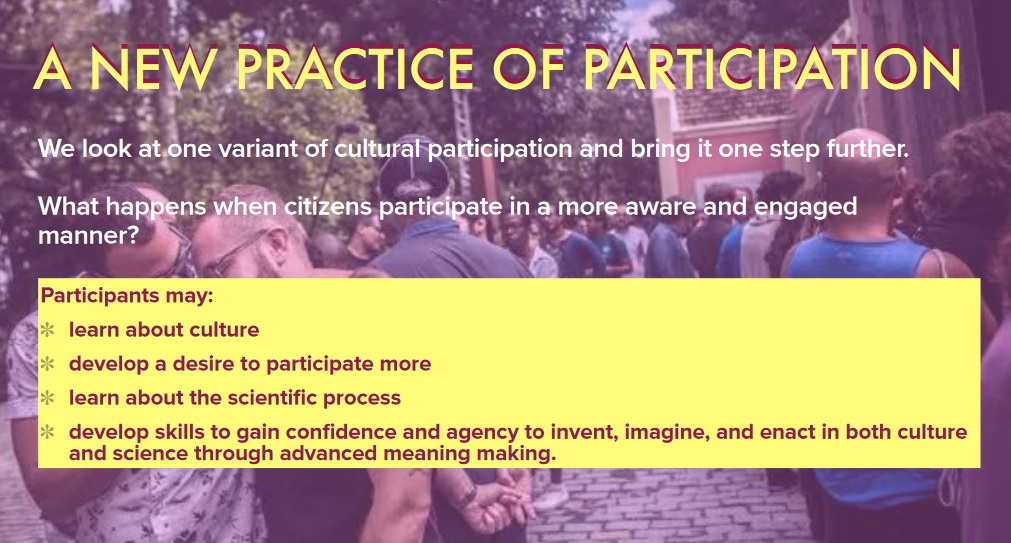
Following the discussion, Valeria Morea (EUR) explored how to unveil new practices of participation in cultural heritage institutions. Starting from the notion of commons, the researcher investigated new modalities of participation in cultural heritage and re-thinking heritage as knowledge commons. Usually, commons refer to shared resources like forests or waterfalls. As Valeria puts it, however, ‘we need good ideas to produce new good ideas.’ Researchers highlight that information is also common for the community. For example, the open dataset Europeana contains metadata of cultural heritage from, and about, Europe. Collecting data from more than 4000 cultural heritage institutions, the dataset is an example of an institutional effort in engaging the community in contributing information. Intending cultural heritage as an expression of individual and collective identity poses several challenges, as the line between who produces and consumes culture blurs. In this perspective of sharing knowledge, however, culture is at the center of collective identities, and active participation is key to enhancing social and environmental benefits. Art and creative approaches can create the context to participate and negotiate a collective and on-going story, instead of listening to a story.
Soon after, Marianna Lorincz (EUR) illustrated the relevance of including a change in methods to include interdisciplinarity approaches in traditional settings to implement participation. Exploring theatre and performance techniques in business settings, Mariana provided examples of how cross-disciplinary approaches can enhance soft skills and learning processes. The focus of the presentation was on improvisational skills in entrepreneurial settings. Qualitative interviews with participants illustrated how students felt more engaged and developed a positive attitude. Findings also show how the workshop enhanced skills like teambuilding, EI competencies or adaptability highly increased (between 50% and 90%), as well as other skills mentioned by participants. Giving numbers to the previous discourses, Marianna’s project is a concrete example of the relevance of cross-disciplinary approaches to enhance participation and engagement. The last speaker, Antonella Fresa (Photoconsortium) presented a past initiative on memory and heritage to show the importance of the conference’s themes, illustrating how participation and engagement are essential to creating an inclusive cultural heritage.
The session concluded with a dynamic conversation on future possibilities and the relevance of looking at how society is quickly transforming following the implementation of new technologies. Exploring different angles and approaches in the field, the session showed how different strategies become relevant during an on-going conversation over time – rather than expecting instant results.
Event’s webpage and speakers’ presentations: https://www.citizenheritage.eu/multiplier-events/rotterdam/



